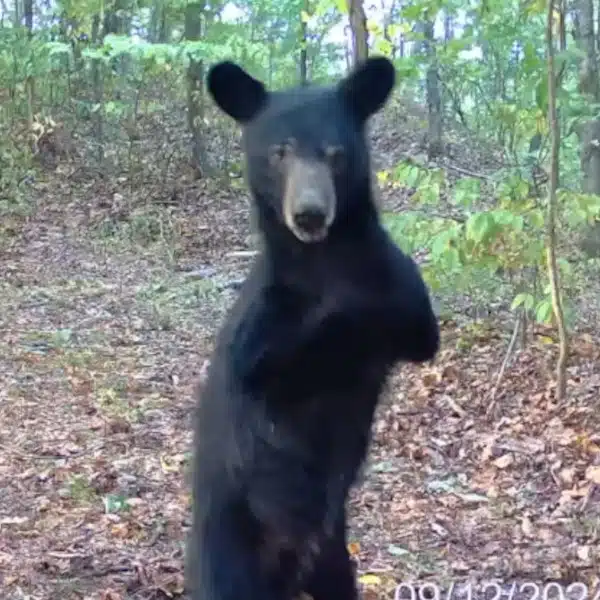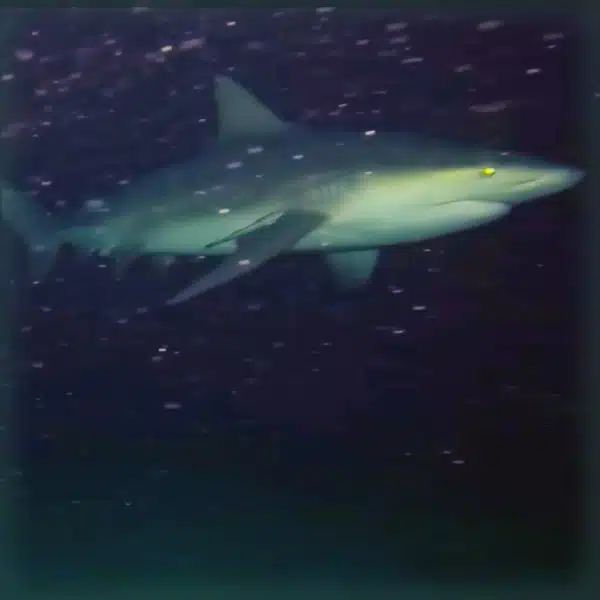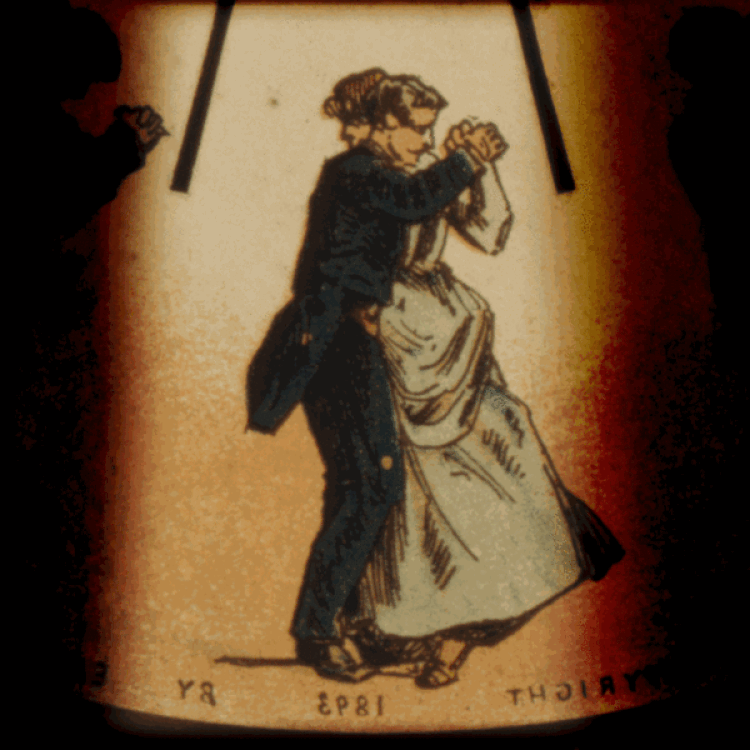
Eadweard Muybridge's Phenakistoscope: “A Couple Waltzing,” 1893. (CC BY-SA 2.5)
Before studios such as Walt Disney, Pixar, and Studio Ghibli, animation wasn’t exactly taken seriously as an art form. For decades, moving images were seen purely as a novel form of entertainment for children. Storybook narratives were visualized with shadow puppet shows, spinning fantascopes, magic lanterns, and flip books. However, it was these simple inventions that provided the basis for cinematography and inspired 19th and 20th century pioneers to bring their drawings to life, resulting in the first ever animated films.
From hand-drawn illustrations to paper cut-out puppets, read on to learn about 5 famous animators who pioneered the art form.
Eadweard J. Muybridge (1830 – 1904)
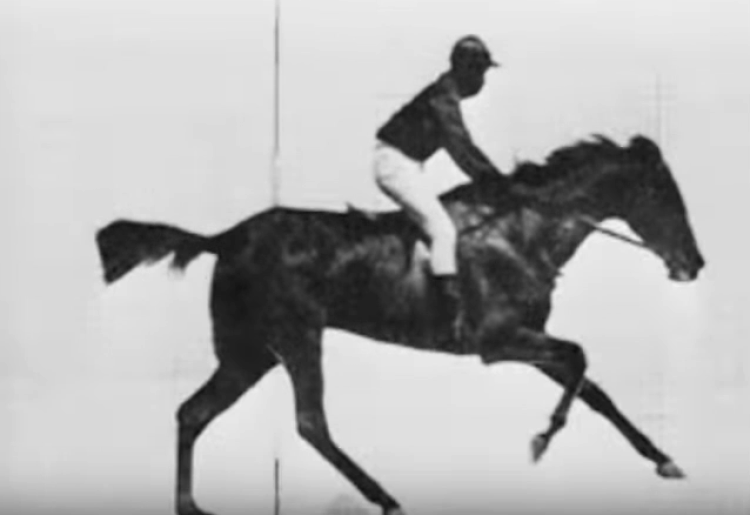
English photographer Eadweard J. Muybridge lay the foundations for motion picture with his pioneering experiments with moving images. In 1872, the Governor of California wasn’t convinced that the paintings of galloping horses at the time truly depicted the animals movements. He hired Muybridge to settle the question, “When a horse gallops, are all four of its hooves off the ground simultaneously?”
Muybridge’s Animal Locomotion studies involved using twelve thread-triggered cameras to photograph a galloping horse in a sequence of shots. Contrary to the paintings, the ground-breaking images proved that horses actually have all four hooves off the ground during their running stride.
Muybridge copied the images in the form of silhouettes onto a disc to be viewed in rotation on a machine of his invention, called a zoopraxiscope. This device is now regarded as an early movie projector. Muybridge continued to capture movement with “instantaneous photography” during his career, extending his studies to animation in 1893 when he used the phenakistoscope disc to create the animation of a couple waltzing [see first image].
J. Stuart Blackton (1875 – 1941)
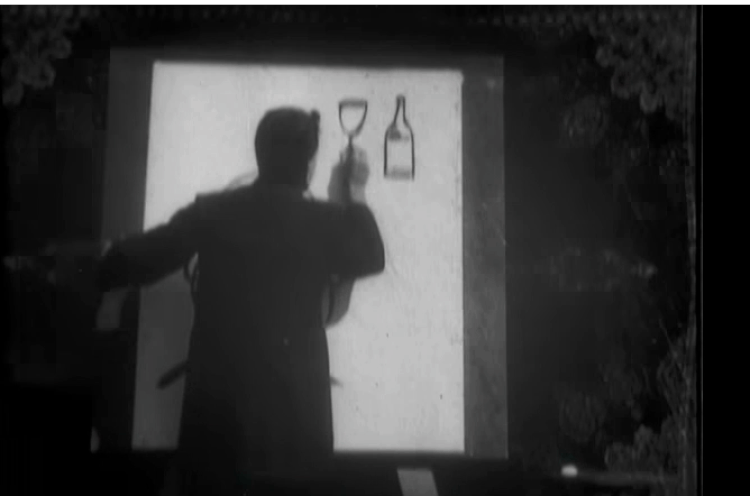
Co-founder of Vitagraph Studios, James Stuart Blackton was one of the first artists to use the stop-motion technique with his film, The Humpty Dumpty Circus (1898). Together with his partner Albert E. Smith, he used his daughter’s toys to create the illusion of a circus of acrobats and animals in motion.
In 1990, Blackton combined the stop-motion technique with hand-drawn animation in his film, The Enchanted Drawing. Starring Blackton himself, the film shows the artist drawing a cartoon face, a top hat, a bottle of wine, a glass, and a cigar. The illustrated face then appears to come to life as the hand-drawn objects pop from the paper before the viewers eyes. The Enchanted Drawing is considered to be the first animated sequences recorded on standard picture film.
Émile Cohl (1857 – 1938)
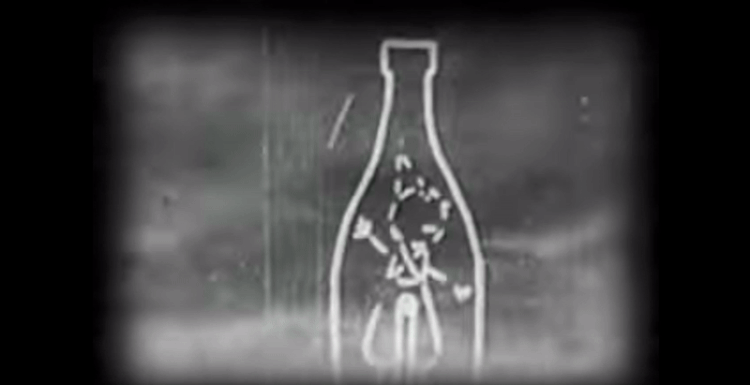
Often referred to as “the father of the animated cartoon,” French artist Émile Cohl was famous among bohemian groups in 19th century Paris for his distinct comic style. Historians believe that Cohl fell upon his career in motion pictures when he was walking down the street and spotted a film poster featuring artwork stolen from one of his own comic strips. Outraged, he confronted the manager of the studio (Gaumont) and was in turn hired on the spot as a scenarist.
In 1908, he created Fantasmagorie—the first fully animated film ever made. Created with over 700 drawings, Cohl achieved his chalk-line effect by reversing the negative film. Full of strange, “stream of thought” character transformations, the film was a tribute to the short-lived Incoherent movement, where humorous, nonsensical art was created in a childlike drawing style. The title is a reference to the “fantasmograph,” a nineteenth century form of photographic theater that used magic lanterns to project ghostly images on walls.
Winsor McCay ( 1867–71 – 1934)

Winsor McCay was an American cartoonist and animator who became famous for his comic strip, Little Nemo. Inspired by flip books, McCay began experimenting with the aim to transform his cartoons into moving characters, resulting in ten animated films made between 1911 and 1921.
His first animated short titled Little Nemo compiled around 4,000 drawings on rice paper featuring his comic strip characters. The silent film begins with live-action sequences where McCay is seen betting his non-believing colleagues that in one month he can make his drawings move. He shocks them all when his hand-drawn illustrations burst into action at around 8:11.
Lotte Reiniger (1899 – 1981)
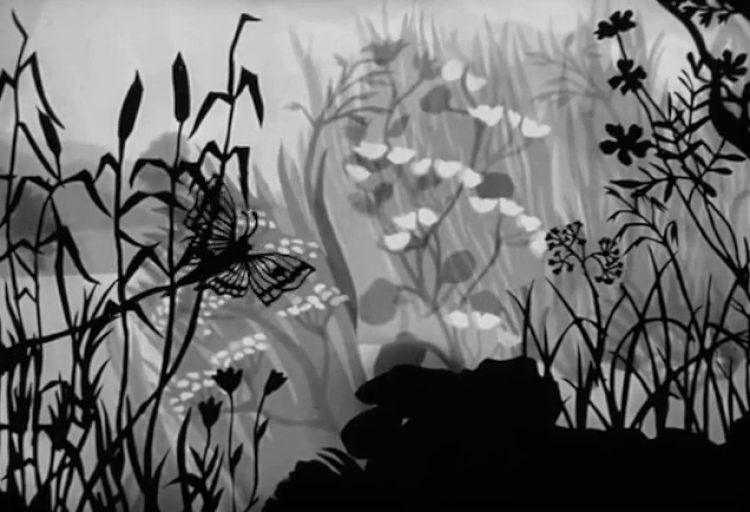
Born in 1899, Lotte Reiniger grew up with a fascination for silhouette puppetry. She went from putting on puppet shows for her friends and family, to turning her passion into a lifelong career when she started creating short animated films from paper cut-outs. In 1926 she became the first ever woman to direct a feature animation film with The Adventures of Prince Achmed—one of the oldest surviving animated films, based on stories from The Arabian Nights.
A pioneer of paper silhouette animation, each of Reiniger’s films took months to complete. After planning out the narrative with hand-drawn storyboards, she cut out each character and scene from black paper. Every element of the cut-outs were then moved by hand—frame by frame—mimicking the style and movements of the puppets from her childhood.
After being forced from her home in Berlin during World War II, Reiniger finally settled in England where she spent the rest of her 60-year career making over 40 shorts and adaptations of fairytales such as Thumbelina, Cinderella, and Sleeping Beauty.
Want to see some contemporary animation? Check out 8 charming stop motion animations that bring inanimate objects to life.
Related Articles:
8 Charming Stop Motion Animations That Bring Inanimate Objects to Life
Charming Animation Illustrates the Different Gaits of Four Legged Animals
15-Year-Old Recreates Famous Movie Scenes in Amazing LEGO Stop-Motion Animation




















































































